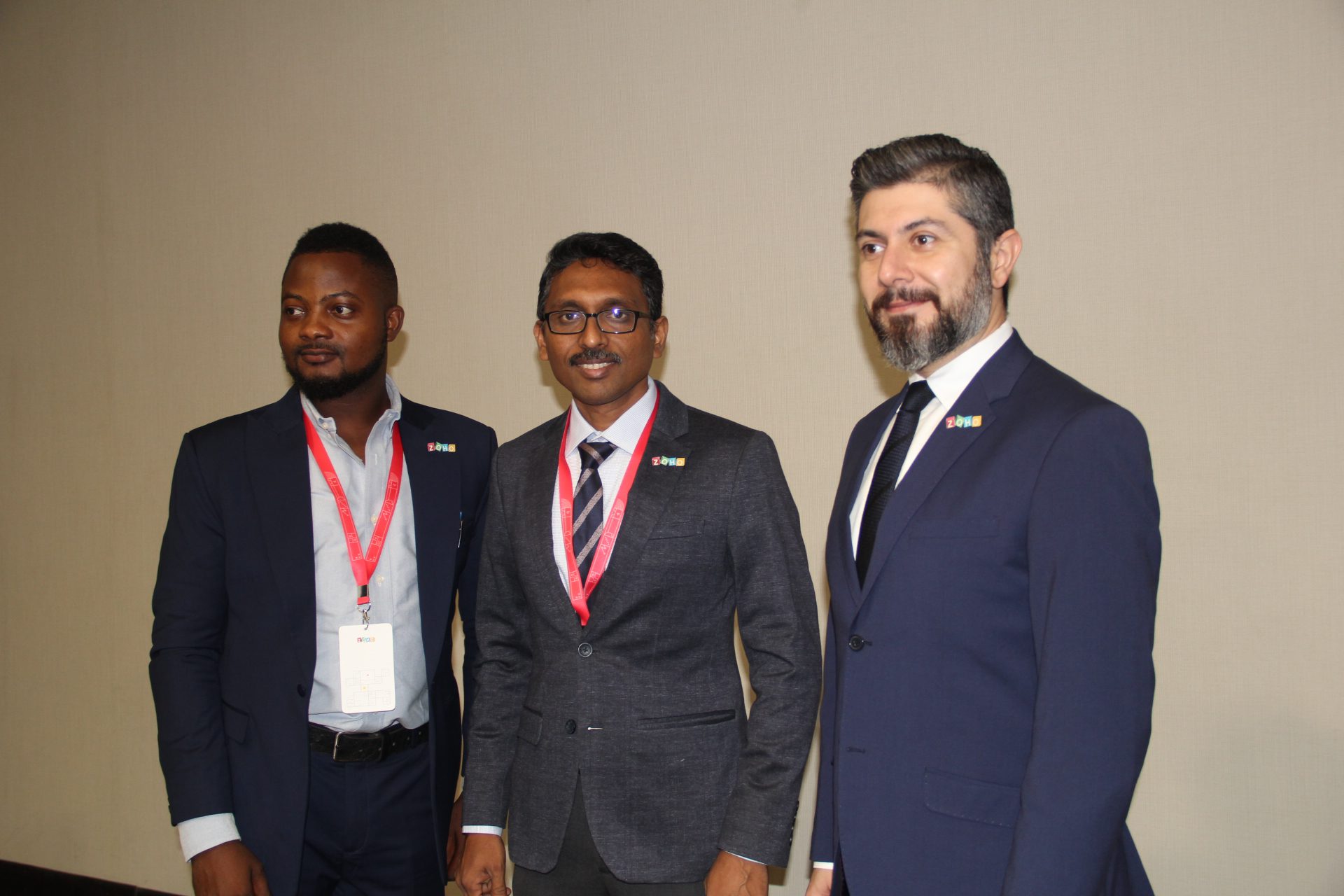Today, Nigeria’s telecommunication industry stands at a crossroads. It is facing pressure on a thousand different fronts. On the inside, it is battling with the challenges of sustainable operations and shareholders demands and on the outside, raising costs and regulatory constraints.
The Nigerian telecom industry has immense potential. The recently launched GSMA digital economy report made this point. It projects a rise of 15 million new internet users by 2028. It equally highlights the industry’s significant contribution to the nation’s GDP.
Industry players, in the light of existing reality, have determined that a tariff increase will provide some succour and allow it to breathe. The Association of Licensed Telecom Operators of Nigeria (ALTON), an umbrella organisation for telecom and allied services providers, is at the forefront of the push for tariff increase.
ALTON argues that current tariffs, unchanged for over a decade, are insufficient to maintain operations and may indeed hinder vital investments in network infrastructure and possibly impact service quality. This assertion gains traction against a backdrop of foreign exchange losses, declining profits, and the increasingly challenging economic environment
Within the same decade, electricity tariff was raised, at least, three times; the price of fuel has gone up by over 300 per cent and inflation has effectively climbed to over 33 per cent. Yet, operators’ demand for telecom tariff increases has sparked a contentious debate among industry stakeholders. For many, the crux of the matter is that the economy is already hard, so telcos should not compound things by increasing tariffs at this time. Economists will take a dim view of this argument.
The telcos’ reason for pushing for tariff increases hinges on three main points. One, rising costs. Inflation, currency devaluation, increase in the pump price of fuel, electricity tariff increases and a general economic downturn have significantly increased operational expenses. The cost of maintaining and upgrading infrastructure, alongside acquiring foreign equipment, has outpaced current price structures.
The second is the investment challenges. Without a price adjustment reflecting economic realities, investors become hesitant. This stagnation in investment will limit the industry’s ability to expand networks, adopt new technologies like 5/6G and ultimately serve a growing population. The bulk of investment in the sector is dollar-denominated.
Then thirdly, unsustainable business environment. The industry contends with a multitude of charges and levies (the perennial multiple taxation). ALTON reveals that there are over 45. This burden, coupled with a perceived lack of regulatory independence, creates an unfavourable business climate.
The government, however, has firmly rejected the proposal for a tariff hike. The NCC has refused to approve it. Bosun Tijani, Minister of Communications, Innovation and Digital Economy, emphasizes the need for a comprehensive solution. He argues that higher prices would disproportionately affect affordability and hinder inclusion, particularly for low-income Nigerians. This outcome will no doubt widen the digital disparity in the country.
In my mind, to move forward, we must be able to strike a balance between the financial viability of telecom companies and ensuring service affordability for consumers. This path likely involves a multi-pronged approach.
We can start by reviewing the levy landscape. 45 is definitely too many. Reducing the number of charges levied on telecom operators could free up resources for investment. This can potentially create a more attractive business environment.
Secondly, regulation must be streamlined in line with global best practices. Experts concede that enhancing regulatory clarity and promoting an environment that encourages responsible risk-taking by investors would be crucial.
Moreover, operators have the option of exploring alternative revenue streams. This means that telecom companies can explore value-added services or targeted data packages to generate additional revenue without burdening core services.
The government is not left out. It must consider incentives. The federal government should as a matter of urgency consider targeted incentives that encourage network expansion and technological advancements. This will encourage operators to seek growth without solely relying on price hikes. The NCC must step up to the plate here.
At the heart of the debate lies the delicate balance between consumer affordability and industry sustainability. While tariff increases may alleviate financial strains for telecom operators, they also raise concerns about affordability and access for consumers, particularly in a country where digital inclusion remains a priority.
To ensure that the telecom sector achieves its potential, we can’t play the ostrich anymore. Constructive dialogue and collaboration between government, industry stakeholders, and regulatory bodies are indispensable at this point. Adjustments must be made, if the sector is to maintain its contribution to Nigeria’s GDP, currently eight per cent, and thus continue to boost the broader ICT ecosystem growth.
By implementing cost-reflective tariffs, telecom companies can enhance their financial viability, enabling them to make essential investments in infrastructure, technology, and service quality.
Eromosele, a corporate communication professional, writes via: elviseroms@gmail.com




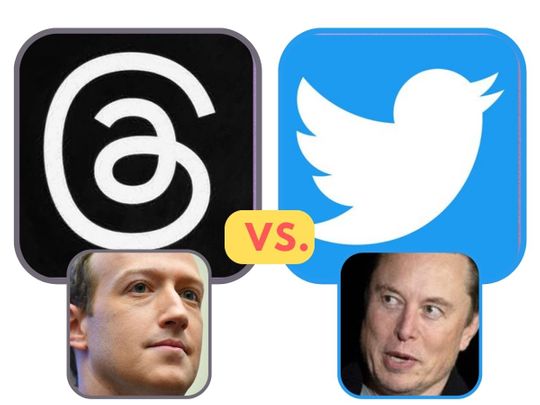









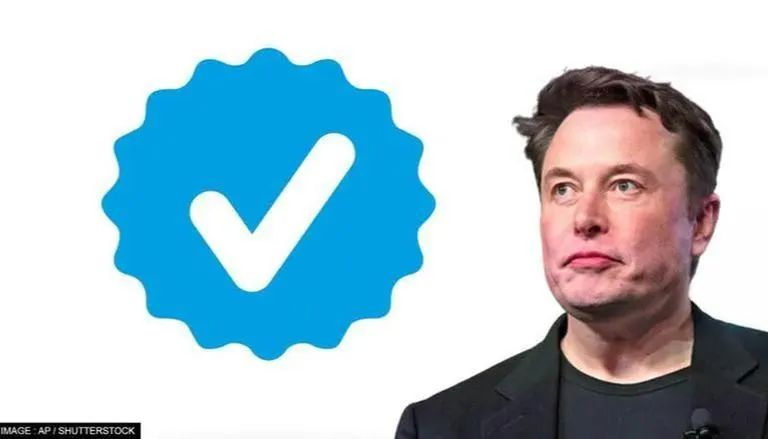
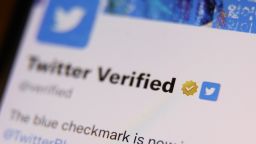
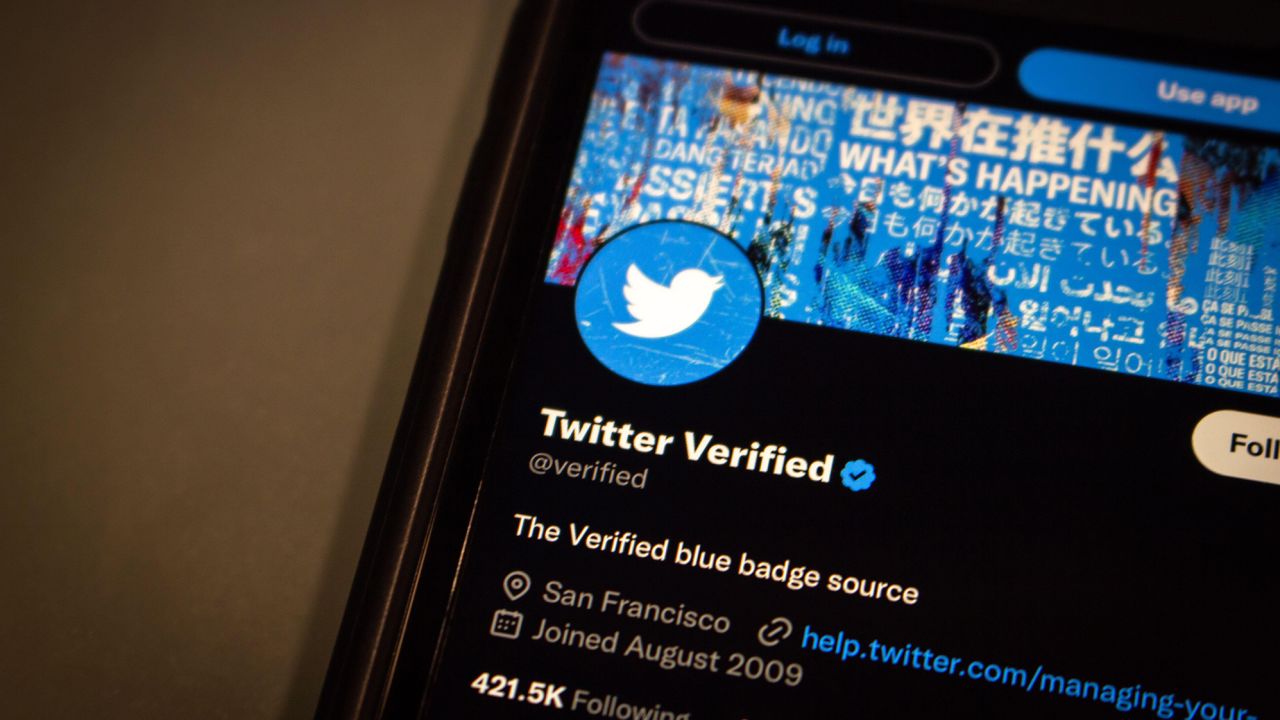

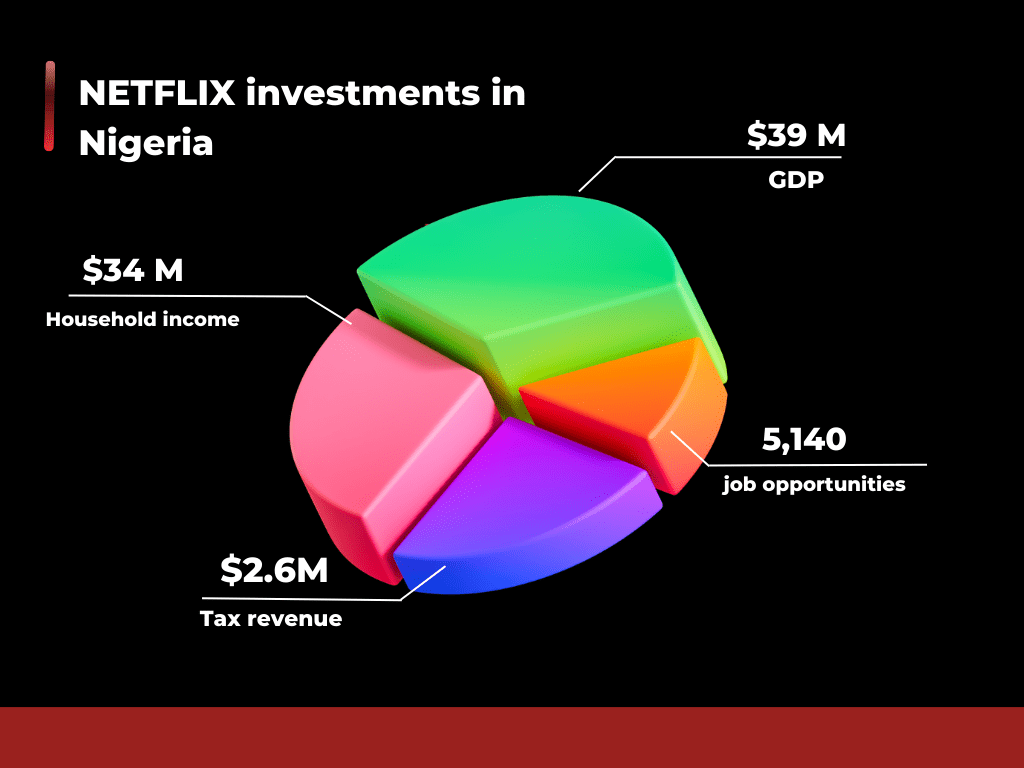

 Elvis Eromosele, a Corporate Communication professional and public affairs analyst lives in Lagos.
Elvis Eromosele, a Corporate Communication professional and public affairs analyst lives in Lagos.











